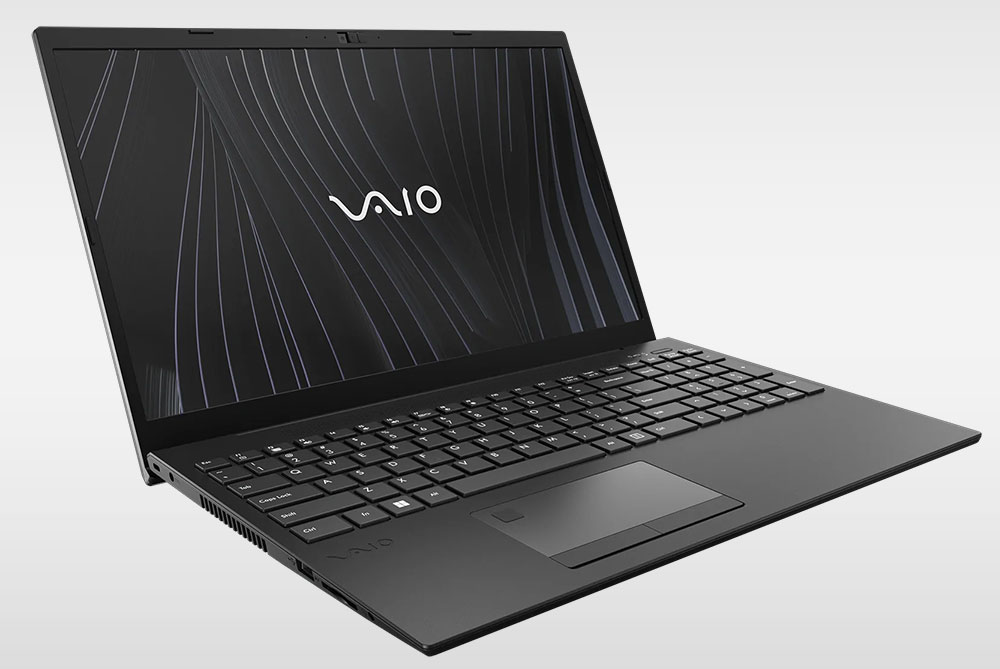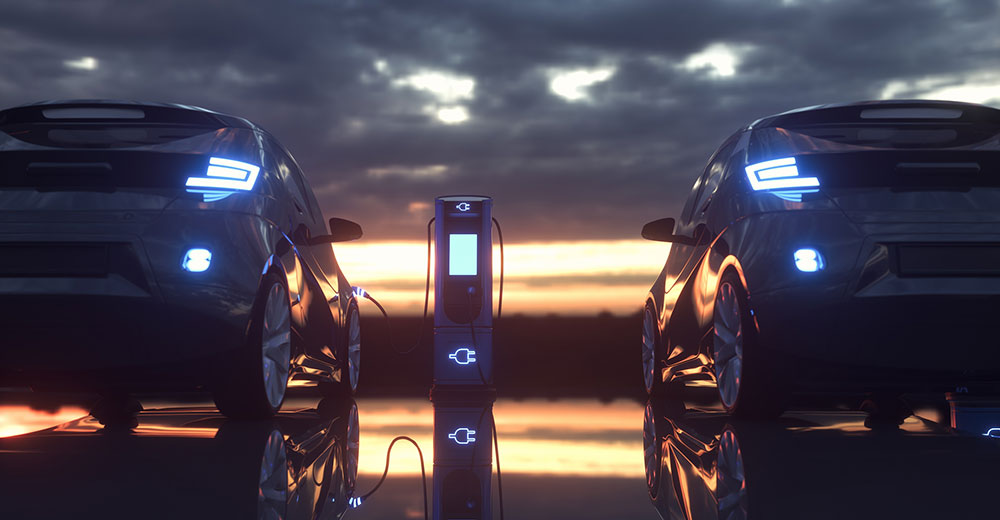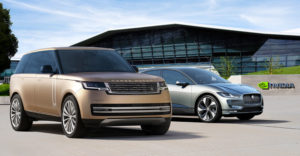A TED Talk by Graham Conway, principal engineer at Southwest Research Institute, asserts that electric vehicles are less green than ICE cars and it is well argued. While I don’t agree with all of Conway’s metrics, the point he makes is valid, which is that the things we need to do to truly make an electric vehicle green have not been done yet.
We are nowhere near the maximum potential for the electric car. Conway contends that for the next two or three decades, the hybrid approach might be better — at least until we can fix the parts of the ecosystem that are making electric vehicles less green.
Meanwhile, we should continue to explore alternatives like green hydrogen; a process where hydrogen is produced by splitting water into hydrogen and oxygen using renewable electricity. With that, we might end up in a better place faster than if we continue our huge push to convert to electric vehicles.
Here is Conway’s presentation for context:
This week let’s talk about what’s really involved with switching to electric cars. Then we’ll close with my product of the week, a laptop from Vaio that showcases just how much you can get for under $700 — at least for now.
I’m Not Anti-Electric
Let me start by pointing out that I drive an EV and have since 2019 when I leased one of the very first Jaguar I-Pace electric cars coming into the U.S.
Last year I bought that car from the leasing company because I couldn’t find anything I liked better, and the lease buyout was around a grand less than what I could sell the car for. Seemed like a good deal.
I’ve been covering electric cars since the late 1990s when I was the lead U.S. battery analyst on top of several other titles. So, I love electric cars, but I also know their shortcomings and there are still several.
Electric Car Shortcomings
As Conway pointed out, electric cars can be run in a closed room indefinitely without killing us and are certainly greener to operate. However, they have three big weaknesses.
The first is that due to a near total collapse of battery development in the early 1900s, battery technology is not where it otherwise would be.
Lithium Ion has one third the energy density of dynamite, the normal configuration is in small AA battery-like cells that are difficult to cool, and should the battery catch fire, it is wicked hard to put it out. I know this firsthand because I had a bicycle Lithium-Ion battery catch fire in my garage and even though I trained as a fireman and was home, I nearly lost the house.
Lithium Ion burns hot enough to melt aluminum and it will keep igniting as long as the cells contain enough energy to generate the heat needed to combust. That’s why we have reports of crashed Teslas catching fire again in wrecking yards.
Further, as Conway mentioned, building these batteries is far from a green process and the substance is a pollutant, meaning the batteries must be recycled to prevent ground water contamination.
The second weakness is that largely to cryptocurrency miners, the world doesn’t have any electrical power headroom and the peak generating capacity of electricity grids too often comes from old, dirty, and nearly obsolete generating facilities.
Electric cars pull a considerable amount of electricity, and we don’t have the headroom in our grids yet to supply it. Cars are typically charged at night when renewables like wind and solar either are unreliable (wind) or non-existent (solar). So, even if you have a solar plant on your roof, if you are grid connected (not using batteries for nighttime power), and you change your electricity at night, you may be pulling from a power source that is anything but green.
Third and finally, we don’t have enough neighborhood electrical capacity to handle a huge influx of electric cars. Last I checked, if you get more than three cars charging at once in one block of houses, there is a good chance your local transformer will grenade — and they really do go boom when they go up.
I looked at getting a Level 3 charger for my own electric vehicle, and it would have cost me more than the car cost. I’d have to not only pull larger wires and more of them (going from L-2- to L-3 phase), but I’d need to pay to replace the local transformer and massively increase my home service level.
Now with solid state batteries (which are coming), an expansion of green power sources (particularly nuclear or geothermal which can operate at night), and the expansion of micro-grid technologies (providing smaller green generators that are distributed), we could turn electric cars en masse into a tremendous force to work against climate change. But we aren’t there yet.
This isn’t a list of requirements you can pick and choose from. You need all three elements to make electric cars truly green: green energy storage, enough green energy generation, and a much more capable grid to distribute that energy reliably, inexpensively, and safely. All of that is coming, just not all of it this decade.
Other Problems We Aren’t Talking About
The big one is what do we do with the existing gasoline drilling, refining and distribution systems? The oil industry employs roughly 6 million people directly and 10 times that many jobs are created indirectly.
The refineries, gas and oil pipelines, storage tanks and gas stations are all potentially hazardous materials problems depending on how much oil and gas has leaked out over the years. Even if the answer is zero, the equipment would need to be safely cleaned and then scrapped.
Industries that depend on oil production ranging from plastics to inexpensive medications (petroleum jelly) and some solvents would largely collapse without oil production, and the resulting economic collapse of an industry (what happens to all the oil platforms and oil drilling rigs?) could leave future ecological time bombs once the firms that own them go under.
Plans on what to do with these related industries should be cooked and under implementation before the car and truck industry pivots to electricity to avoid what could be huge labor and ecological problems.
Plug-In Hybrids: The Short-Term Answer
As the TED Talk also pointed out, you can gain much of the same benefits of an electric car with a plug-in hybrid.
My wife drives a Volvo XC60 rechargeable plug-in hybrid. Coming up on a year and a half with the car, we are on our third or fourth tank of gas (largely connected to drives that exceed its electrical range). It uses a far smaller and safer battery.
The Volvo XC60 also generally only requires the included Level 1 battery charger that plugs into a regular house electrical plug, as opposed to Level 2 chargers which require a two-phase hookup and a plug more like what an electric clothes dryer uses. Her car will work with my Level 2 charger, and it does charge faster but not enough, in my opinion, to make a Level 2 charger worthwhile.
Oh, and I should point out that while her car has a 20-mile electricity range, the latest version of her car doubles that to 40 miles, which is more ideal while keeping the battery size down to something far smaller and greener than a full-on electric car.
Wrapping Up
While I’m an electric car fan because they’re a ton of fun to drive and passing gas stations is surprisingly pleasurable, the electric car ecosystem isn’t where it yet needs to be to gain the full benefits of going electric.
We need better, safer, more reliable, and greener battery technology. More green energy is needed to charge the cars, and we need a far more robust and powerful grid to handle the added load (cryptocurrency mining, which has dropped off as of late, has arguably helped push for a more powerful grid). We also need a plan to step away from oil more painlessly. Otherwise, the transition will be avoidably much uglier than anticipated.
If we go to electric cars before all these elements are in place, not only will the result minimize the positive impact on climate change that electrics would otherwise provide, but they’ll create a host of other environmental and social problems we are unprepared to deal with.
Sometimes it is better not to rush into a new technology and instead be more measured in our approach. This is why, for now, a hybrid car may be the more sustainable choice over electric vehicles until we can solve the other aspects of the conversion process to EVs.

Vaio 15.6″ FE Series Notebook
I was a huge fan of Sony’s Vaio line back when Sony owned Vaio — and I studied why Sony failed in the PC market extensively in the early 2000s. It wasn’t because it didn’t have a well-differentiated and well-built product. The products were more innovative and better built than virtually any other large vendor back then.
The big problem was that while the product broke less often, when it did break, the service experience was horrible. So, customers didn’t return and tended to replace their better looking Vaio PCs with those from vendors who are still in this market.
Vaio is now largely a standalone company. I was curious if it had maintained its product quality, so I requested an evaluation model of the least expensive new laptop for this review. I should point out that I didn’t test the company’s service process, but I’ve been told it has improved and laptops today are far more reliable than they were two decades ago when Vaio was part of Sony.
Priced at $699 in silver, the 15.6″ Vaio FE laptop runs an acceptable Intel i5 processor with limited integrated graphics. This means it tests well for things like web browsing, watching movies, and office work — but it is by no means a gaming machine or workstation. Its graphics scores indicate it would suck badly if you needed graphics headroom for gaming, photo or video editing, or computer-aided design.

The Vaio 15.6″ FE Series Notebook is currently available for $699 in silver, and $799 in black. (Image Credit: Vaio)
It played older and more casual games respectably, and as mentioned, it streamed TV and movies fine, as well, though the speakers don’t do the included THX technology justice. It would be far better with a good set of headphones.
This Vaio FE has a fingerprint reader for security placed (unusually) on the track pad, lacks a touch screen, and it has an older style charger (no USB-C charging) which is unusual on a current generation laptop — but likely acceptable at the low end. USB-C chargers are a lot more useful in that they are now more common, so you are more likely to find one you can borrow, and they can charge many of your smartphones in a pinch.
The fit and finish were strong with a metal cover and a painted plastic keyboard. The one I got was silver — and silver-painted plastic typically looks cheap — but this was one of the best implementations of it I’ve seen so far. Still, I would pay the extra $100 to get it in black.

The Vaio 15.6″ FE Series Notebook in black. (Image Credit: Vaio)
This was one of the first laptops that arrived with Windows 11 already on board, and the startup experience, with one exception, has improved.
That exception is that when it does its first major update, it doesn’t provide a progress bar, making you wonder if it is doing anything at all. Since rebooting the machine might brick it, that lack of notice could lead to some expensive mistakes. Otherwise, the OS loaded fine and did a better job of bringing across my settings and favorites than Windows 10 did.
In the end, the $699 Vaio 15.6″ FE laptop in silver was a decent high-end, entry-level laptop for school or remote work, it has decent battery life, isn’t too heavy for its class, and looks nice enough to be mistaken for a more expensive product.
All of this makes the Vaio FE Series Notebook my product of the week.


























































The Chicken or the Egg? What comes first? The biggest error is that the market doesn’t Make the trends successful, the DOLLAR makes the trend. Only when people want to buy every EV that’s available will more and better EV’s be made. Only when the electric grid is stressed will the grid be upgraded. While the government often should guide direction to keep the industris competitive It doesn’t tell them what they have to make to get to the direction. Demand and Need drives invention and production. Most people with driveways can use an EV as a primary car. These same people likely have another car that could do what the EV doesn’t for them, right?
We will be using oil to make many things for our lifetime. Tech for EV’s will produce more long-term well paying jobs than oil drilling expansion. The oil industry stated there are no plans for building more refineries in the US. It’s clear the future is not in gas for cars. Most of the car motors are a 10 year old design anyway. Will you want a 15 year old design in 5 years when you go to get a new car? would you rather have the upgrade competitor for China’s 1000k range 15 minute charge solid state batter car that is going on sale next year (2023)? Or that Chinees car that they will be exporting to some countries if the US manufacturers don’t get competitive.